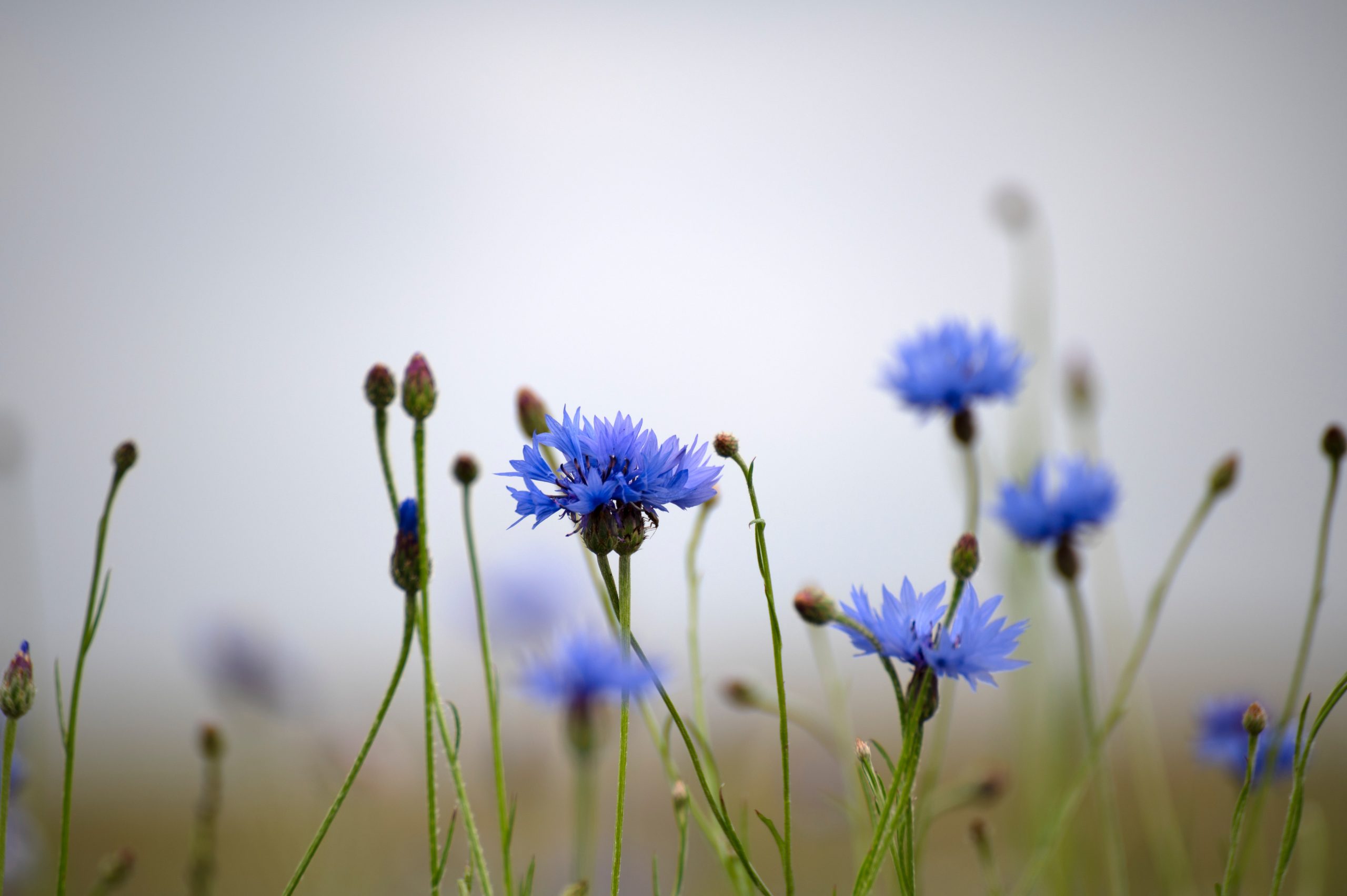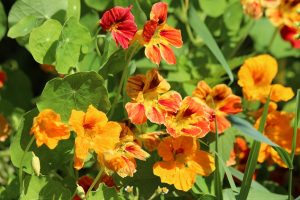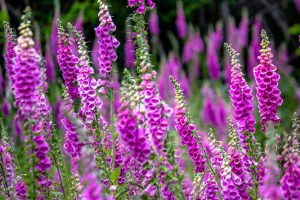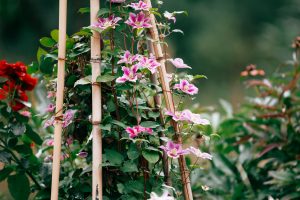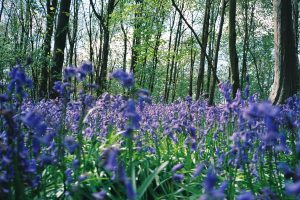Last Updated on April 10, 2024 by Real Men Sow
Many gardens have a mixture of perennials and annuals as well as shrubs and trees. Knowing the differences between them will help you understand their growth and care for them properly. Each type brings something unique to your garden, making it look great all year.
How To Differentiate Annual Plants?
Annual plants go through their entire life cycle in one year. They grow from seeds, flowers, make more seeds and then die. In summer, they produce a lot of beautiful, bright flowers. They come in two varieties: one is hardy, and the other is half-hardy.
Hardy Annuals
They can withstand cold temperatures so they can be sown outdoors in spring. March or April is the best time to sow them, but you can also sow them in September. These include love-in-a-mist, cornflowers and nasturtiums.
Half-Hardy Annuals
They cannot withstand the cold so they should be sown indoors in spring, and then planted outside in May or June. These include cosmos, zinnias and others.
Differentiate Biennials Plants The Right Way
Biennials
Biennials require two years to complete their cycle. They are usually sown one year, and then flower and die the next year. They flower often in the late spring before perennials and annuals. Foxglove is the most popular biennial in our gardens.
 Perennial Differentiation
Perennial Differentiation
They can live up to three years, and are often called ‘herbaceous perennials.’ This type of plant can bloom for many months in the summer. There are two types of them: Half-Hardy and Hardy.
Hardy perennials
They can withstand winter, and can be left in the ground year-round. It’s normal for perennials to seem like they’ve disappeared during the winter. This is a survival mechanism that helps them get through the cold. The leaves fall back, but the rootstock remains underground and dormant then Spring brings new shoots. The most popular perennials are lupins, delphiniums, cranesbills, hostas and peonies.
Half-Hardy Perennials
They cannot withstand cold temperatures so they must be brought inside in winter. This type of plant is best grown in a pot so it can be moved around easily. You could also plant new plants each year. Many heliotrope and fuchsia are half-hardy perennials.
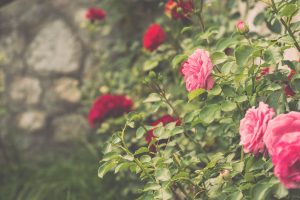 Differentiate Plants, Shrubs
Differentiate Plants, Shrubs
Shrubs such as roses or lavender have woody branches but no trunk. Some shrubs can be deciduous which means they lose their leaves in winter. Some shrubs are evergreen and keep their leaves green all year. Others are semi-evergreen which can be used in mild winters. Shrubs provide structure and can be used for many years. They offer flowers, attractive leaves, autumn leaves, and berries. You can use evergreen varieties as topiary by cutting them into beautiful shapes.
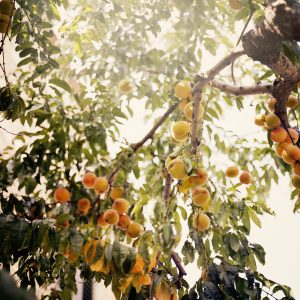 Trees
Trees
Trees are taller than shrubs and have a trunk. Trees can be either deciduous or evergreen. No matter how small your garden is, you can still plant a tree. It will provide wildlife with a home and change throughout the year.
How Can You Differentiate Climbers?
Climbers climb up and require support such as a trellis or arch, fence, wall, or fence. Climbers that are popular include honeysuckle and jasmine, as well as wisteria, clematis, and wisteria. These climbers take up little space so they are great for small gardens. They can be used to cover fences and walls, and as seating areas.
How Can You Differentiate Plant Bulbs?
Bulbs are underground storage organs. There are many types of bulbs – true bulbs and tubers, as well as rhizomes and corms. Bulbs can be planted in spring or autumn for summer or spring flowers. You will find a variety of garden plants that are bulbs, including bluebells, dahlias, tulips, bluebells (pictured), crocus and irises.
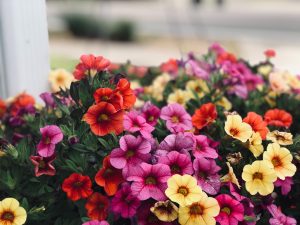 Differentiate Bedding Plants
Differentiate Bedding Plants
For a few months, bedding plants can be planted in borders, pots, or window boxes. Half-hardy perennials and tender perennials are common bedding plants. However, bulbs and shrubs can also be used. Bedding plants that are popular include petunias, geraniums, pelargoniums and pansies.

